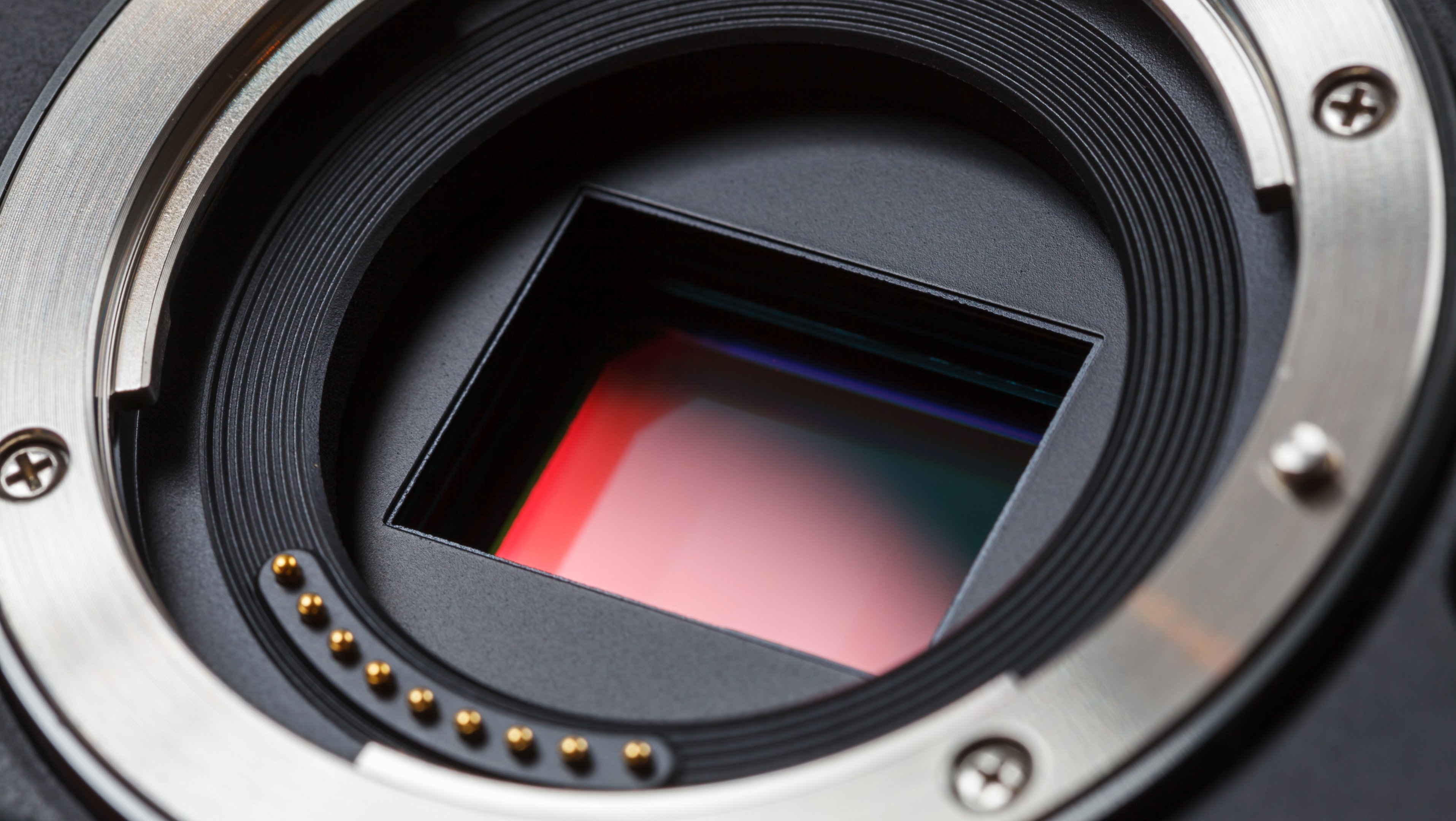
APS-C and DX Sensors in Photography
APS-C and DX are terms used in photography to describe the sensors used in specific cameras. Generally, APS-C and DX sensors offer a cheaper and more compact alternative to full-frame sensors in smaller cameras. They offer good image quality and you can use different lenses.
Below we will explain in detail what exactly APS-C and DX sensors are and how they differ from full-frame sensors.
What Are APS-C and DX Sensors?
The term APS-C stands for "Advanced Photo System Classic". The term goes back to the APS shooting format by Kodak and other manufacturers, which was introduced in 1996 as the standard for analogue photography and was one third of a 35 mm film. This was developed shortly before the launch of the digital camera, therefore, it was not very popular in analogue photography. Digital photography became very popular in 2000 and the first digital cameras from Canon among others were equipped with APS-C sensors.
The APS-C format does not describe a uniform standard as it is not standardised. The exact size of an APS-C sensor can vary depending on the manufacturer and it has an approximate size of 22.2 x 14.8 mm. This results in an aspect ratio of 2:3. Nikon uses the DX for its sensors with the same format, which means APS-C and DX sensors are basically the same thing. Photographers will have to consider a crop factor of about 1.5 and with Canon 1.6 since the APS-C format is smaller than a 35 mm format,
What Is the Difference in Comparison To full-frame sensors?
Compared to full format, which is often considered state-of-the-art in photography the APS-C format has both advantages and disadvantages. Larger sensors can take in more light, which as a result will give you better images. This is particularly noticeable in low light conditions. Apart from the number of pixels the type of image sensor is the decisive criterion for image quality. Therefore, cameras in full format deliver better quality images compared to APS-C.
Some disadvantages arise in the wide-angle range due to the crop factor of 1.6 (or 1.5), therefore, landscape shots are only possible to a limited extent because of the enlargement of the crop factor, which is why full-frame cameras are recommended for this.
However, cameras with APS-C sensors also have lots of advantages. Cameras in the APS-C format are on the one hand significantly cheaper and on the other hand much smaller and easier to handle than full-frame cameras. Cameras with APS-C sensors are therefore particularly suitable for taking on holiday. On the one hand the differences in quality are only marginal, but on the other hand pictures can also be taken in a wide-angle format by purchasing suitable lenses.
Conclusion
If you're not a professional photographer APS-C or DX format cameras offer good image quality for a good price and they are both ideal for occasional and serious amateur photographers. It is important to note that APS-C or DX sensors and full-frame sensors each have their own advantages and disadvantages and the choice of the right sensor depends on your individual preferences and needs.
